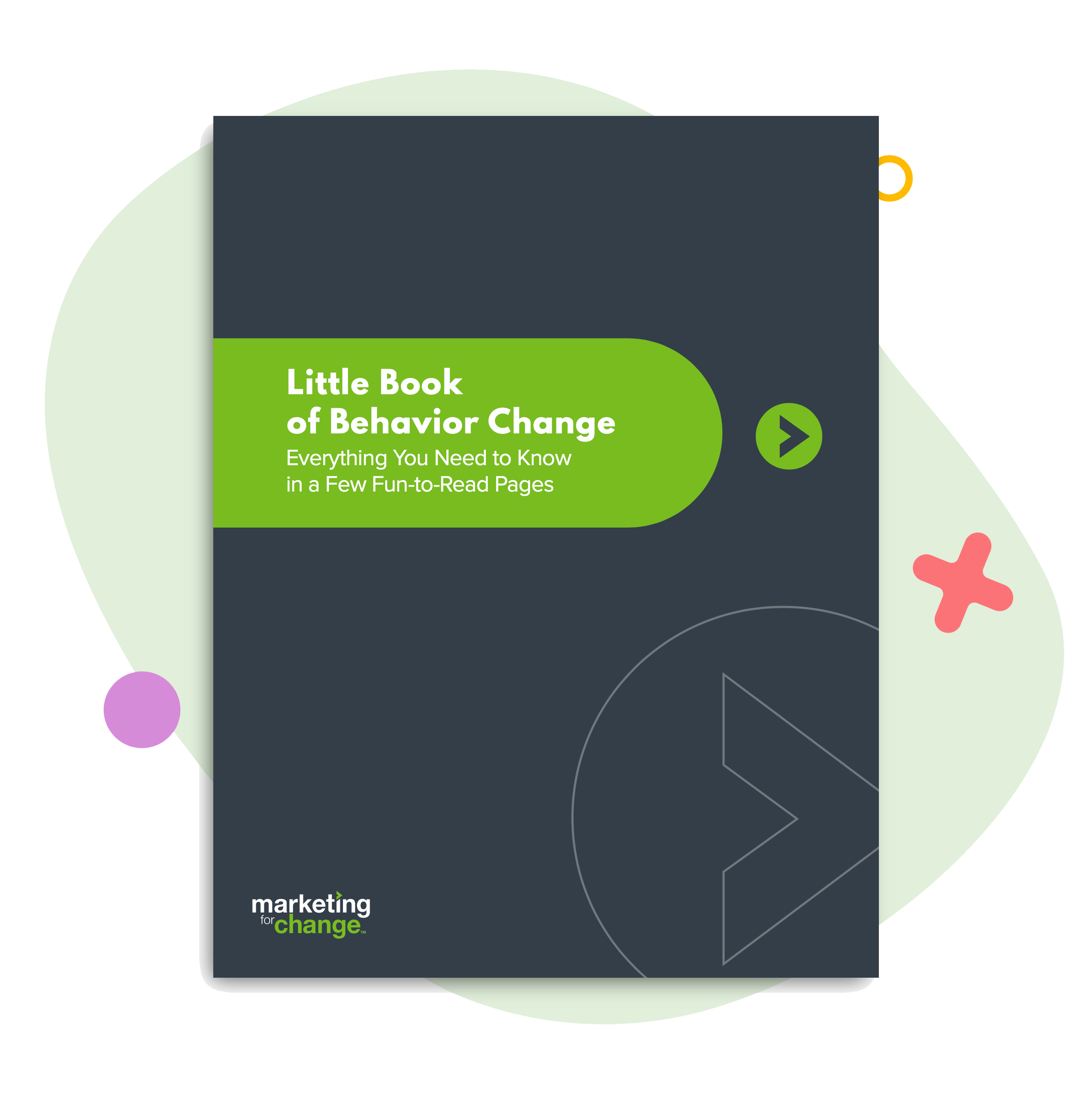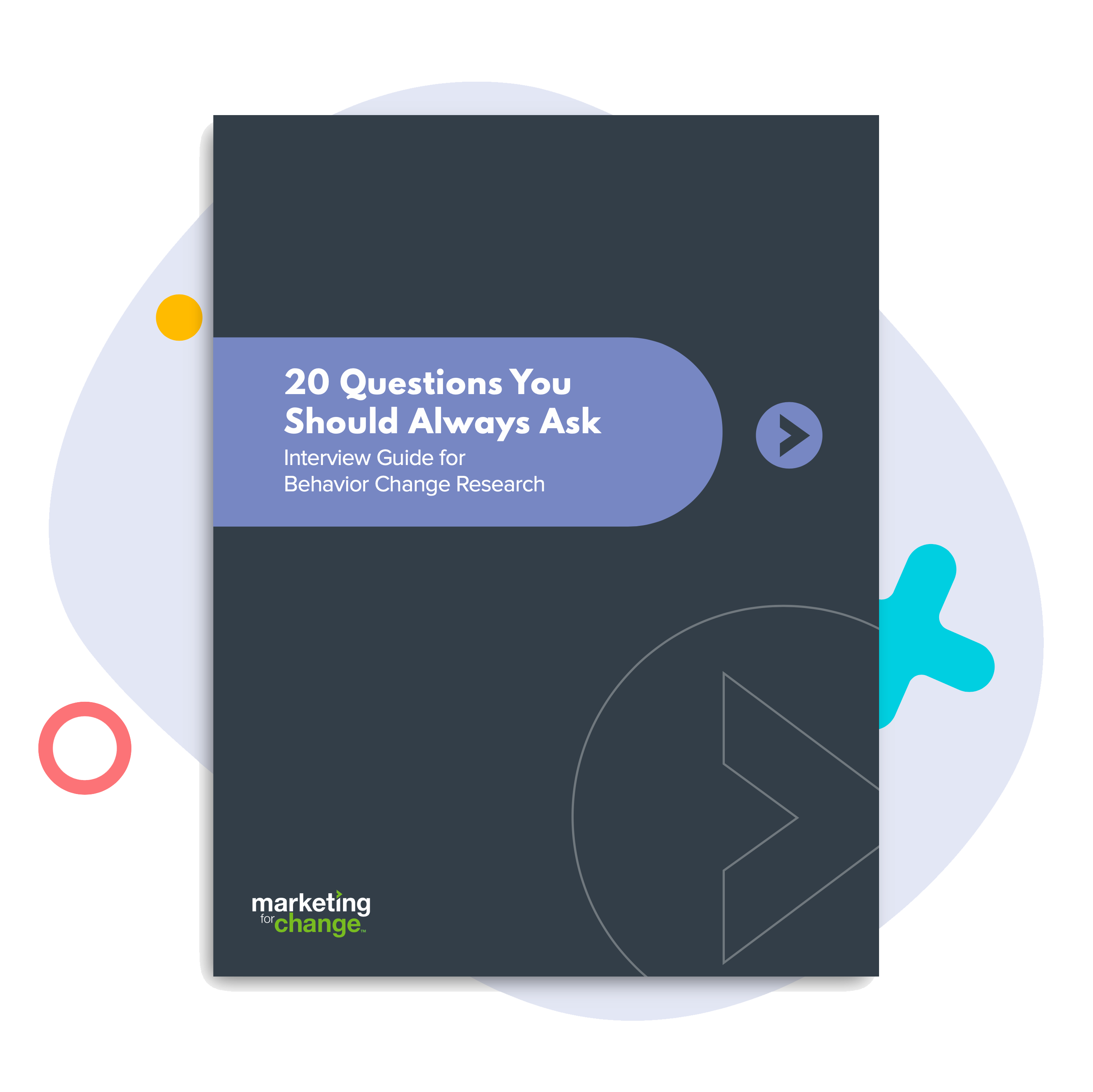
Why We Need to Kick the Negative Campaign Habit
Speed kills. Alcohol gives you Alzheimer’s. Our climate is hurtling towards catastrophe. Your parenting is ruining your children.
For many behavior change agents – who are often deeply concerned about the risks they are working to prevent – it can be tempting to lean into negativity to try to get people to act.
Here’s the problem: it doesn’t work. Negative messaging just makes the world a sadder, sicker place.
A Harvard study of 16,000 people around the world found that negative framing didn’t change people’s attitudes or behaviors around preventing the spread of COVID-19. But it did make them measurably more anxious – an emotion linked to high blood pressure and other illnesses.
The only people likely to pay attention to risk-based, gloom-and-doom scenarios are those who are already geared up to do the “right” thing. And you’re still probably making them feel bad.
Everyone else – the audience you really need to reach – is well-practiced at ignoring what they don’t want to hear.
One of my favorite focus group quotes is from a college-educated mom about the documented risk of co-sleeping with her infant: “That’s just statistics. You don’t know my baby.”
And she’s right. We don’t know her baby, or why she is co-sleeping (unless we ask). Maybe she is committed to bedsharing – in that case, no amount of risk-based information will change her mind.
Or maybe, like many parents, she is co-sleeping because she is exhausted and can’t find a better way to get her baby to sleep. In that case, risk-based messaging is likely to piss her off – because your messaging tells her loud and clear that you have no idea how hard it is for her just to get through the day (juggling countless other risks) after another sleepless night.
That’s why guilt and fear appeals can backfire – enticing people to do the very thing you are warning them about.
Offer more than messaging
There’s another important takeaway from the Harvard study. While negative framing made people feel worse, neither negative nor positive message framing changed actual behavior.
That’s because successful behavior change campaigns provide more than messaging. You have to dig deep to uncover the benefits of the target behavior that are immediate and tangible for your audience – and then provide practical help for overcoming real and perceived barriers to change.
I’m not saying behavior change is all rainbows and ponies. Sometimes you need to make and enforce rules or laws to prevent harmful behaviors.
But if you are working to promote voluntary behavior change, your most effective tools are carrots rather than sticks.

Sara Isaac is the agency’s chief strategist.







